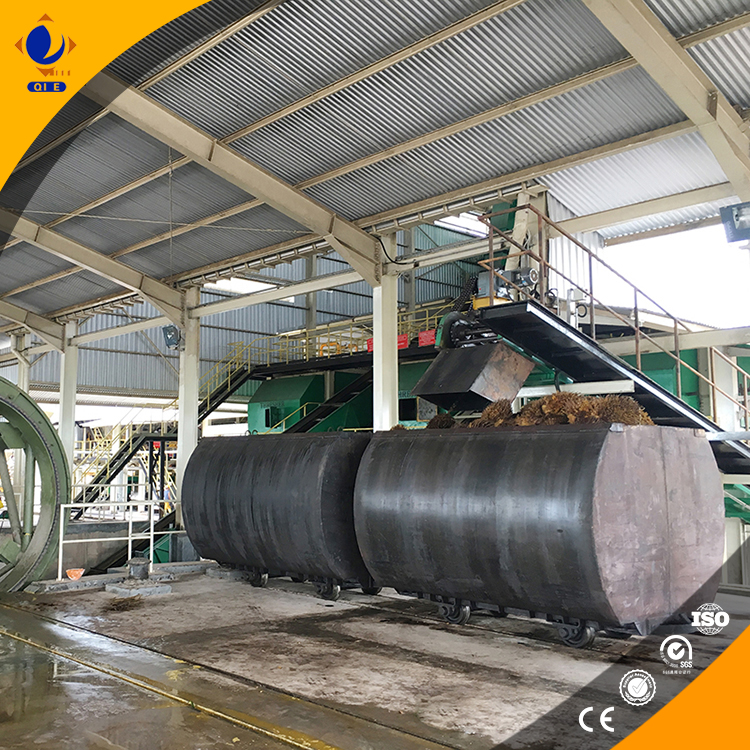
For global buyers and industry professionals, understanding the full soybean oil extraction and filtration process is crucial for making informed decisions and maximizing returns. This article provides a detailed overview of the entire production chain, from raw material preparation to final oil refinement, with insights into how each stage contributes to yield and quality.
The modern soybean oil production line is designed for efficiency, precision, and sustainability. Below is an in-depth look at the key stages involved:
Soybeans are first cleaned to remove impurities such as dust, stones, and foreign materials. This step ensures that only high-quality beans enter the next phase. The dehulling process separates the outer shell from the kernel, improving oil extraction efficiency. According to industry data, effective cleaning can increase oil yield by up to 5%.

After dehulling, the soybean kernels are steamed and roasted to enhance oil release. This process also helps in reducing enzyme activity, which can affect oil stability. Proper steaming improves oil extraction rates, with many facilities reporting yields between 18-20%.
Once prepared, the soybeans are fed into a screw press or hydraulic press. These machines apply high pressure to extract the oil. Modern presses are equipped with automated controls and energy-saving features, ensuring consistent performance and minimal waste. A typical oil press can process up to 50 tons of soybeans per day, depending on the system size.
Raw oil extracted from the press contains impurities such as solids and moisture. Filtration systems, including plate-and-frame filters or centrifugal separators, are used to purify the oil. This step is critical for achieving a clear, stable product suitable for both domestic and international markets.

Some manufacturers choose to refine the oil further to improve its shelf life and appearance. Refining includes degumming, neutralization, bleaching, and deodorization. While optional, this step adds value and meets higher market standards.
Today’s soybean oil factories are built with advanced automation, energy efficiency, and customization in mind. Here are some of the major advantages:
A leading soybean oil producer in Southeast Asia implemented a new automated pressing and filtration system. After the upgrade, their oil yield increased by 7%, and production time was reduced by 15%. This led to a significant boost in profit margins and customer satisfaction.
If you're looking for reliable partners to support your soybean oil sourcing and production needs, we invite you to explore our range of state-of-the-art processing technologies. Whether you're a trader, processor, or investor, our solutions are designed to deliver value, efficiency, and long-term growth.
Join us in shaping the future of global oil production. Discover Our Solutions Now.

